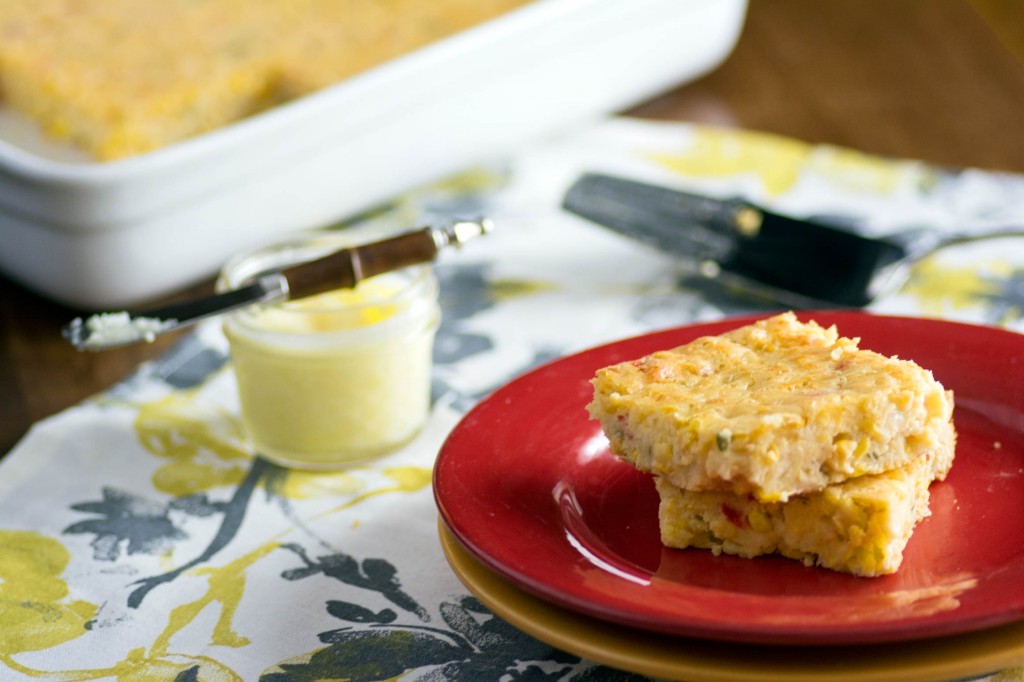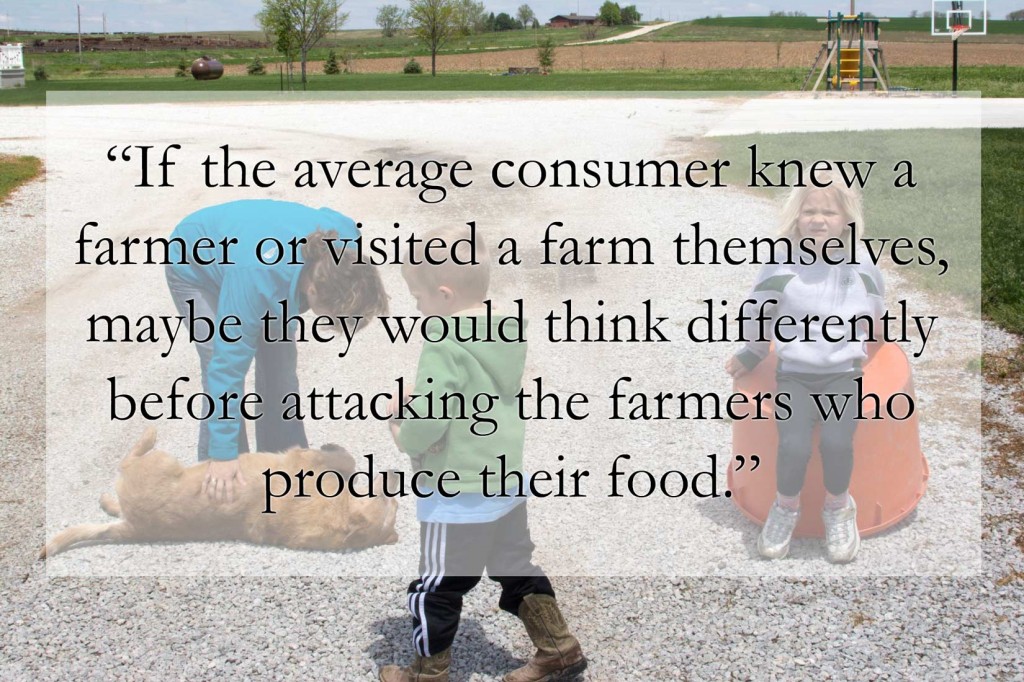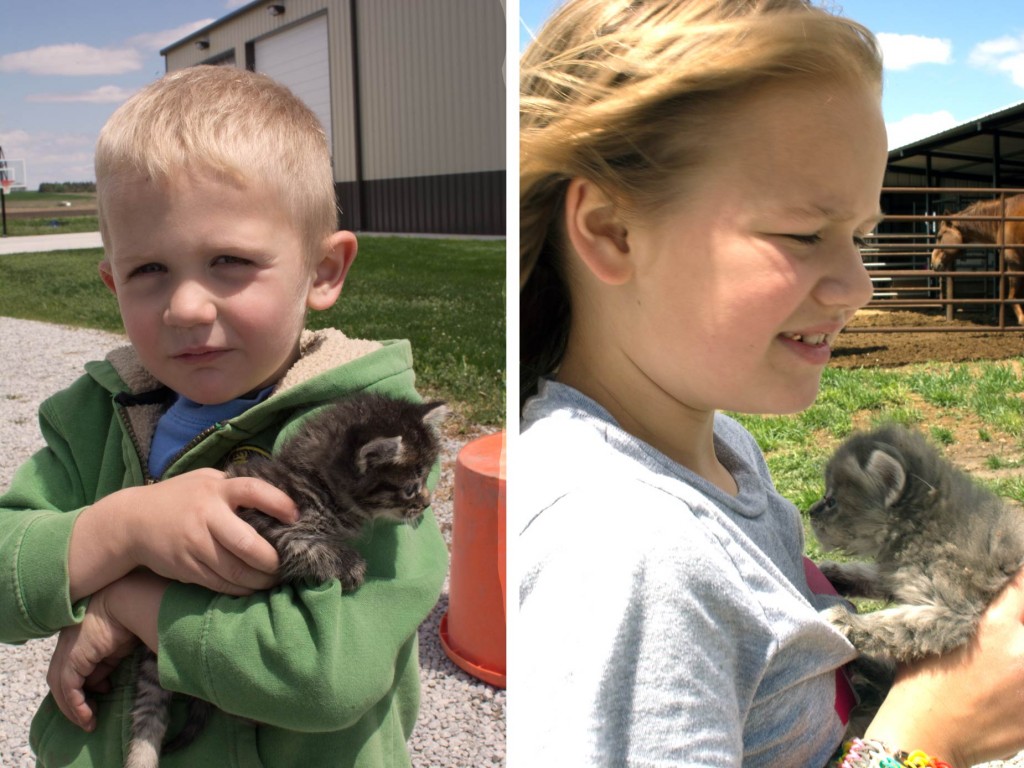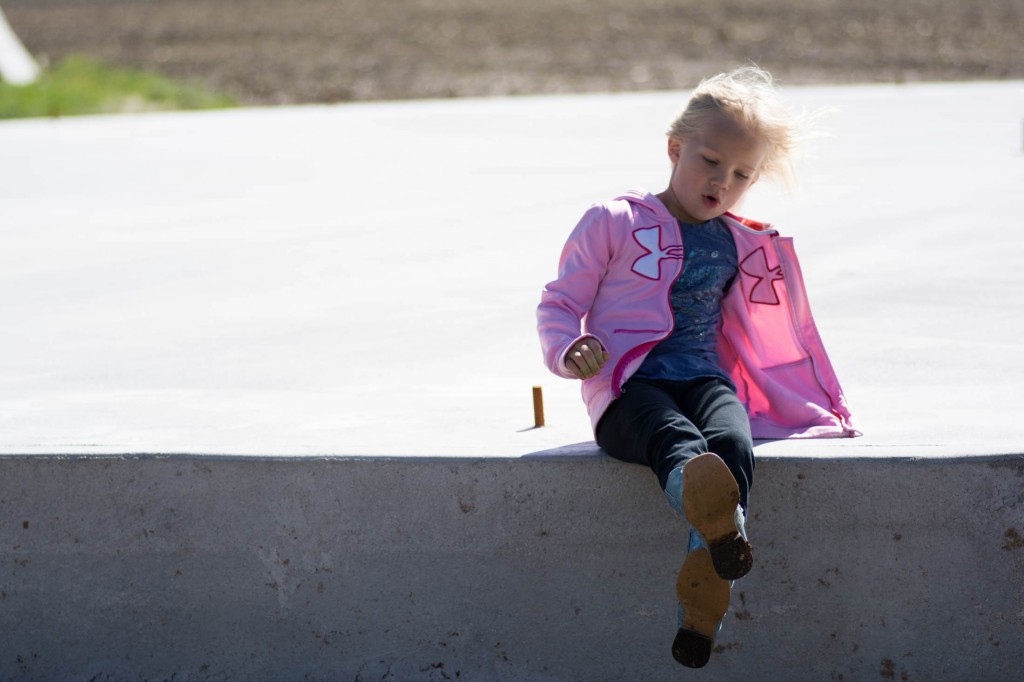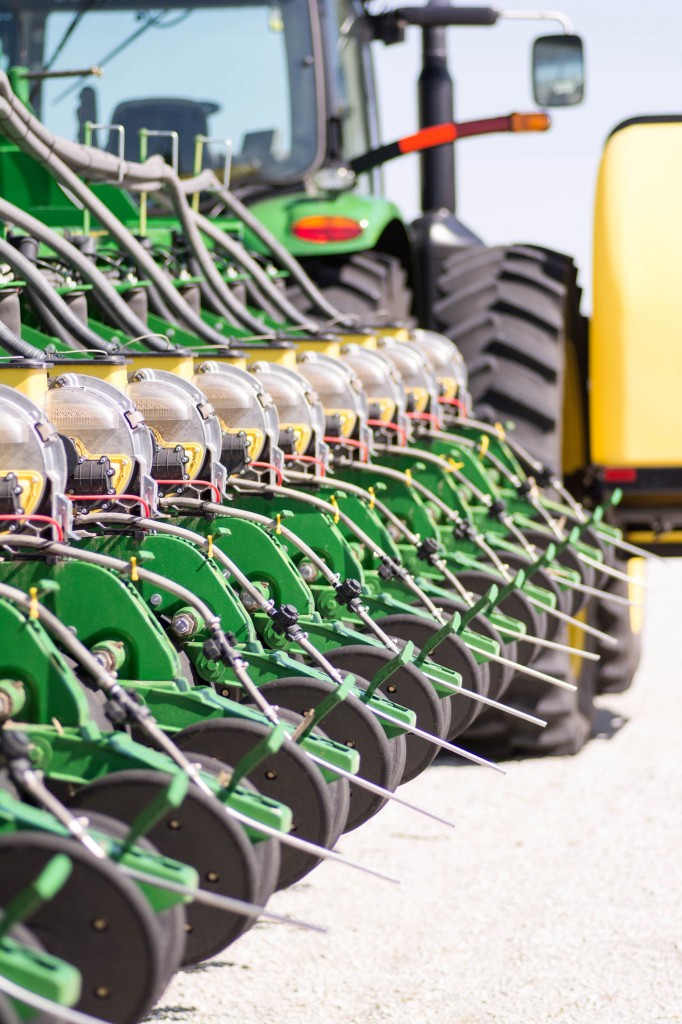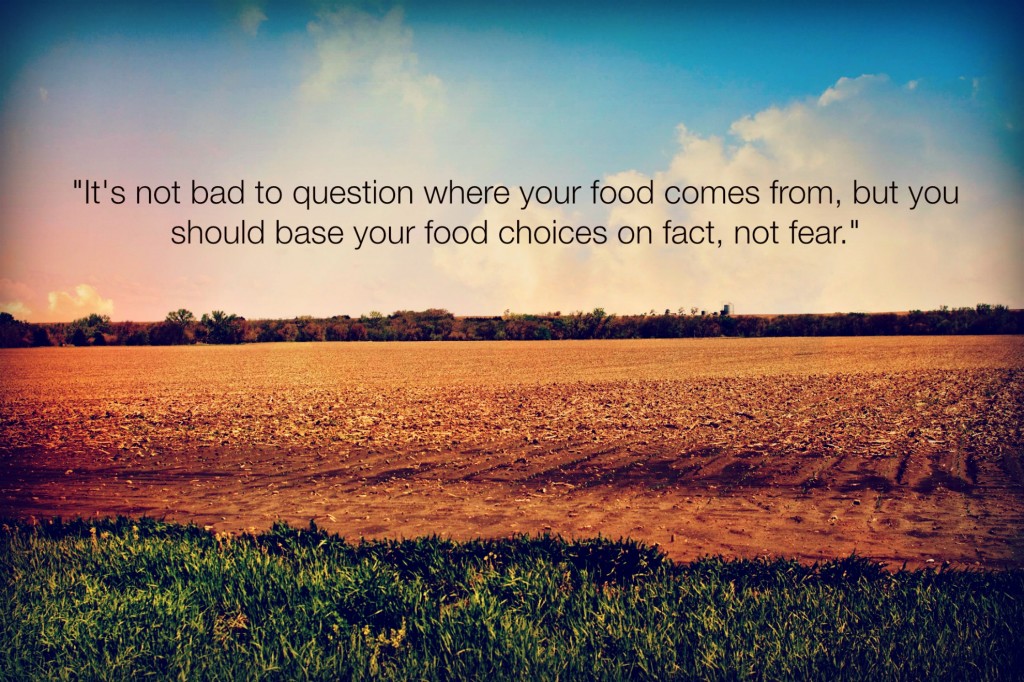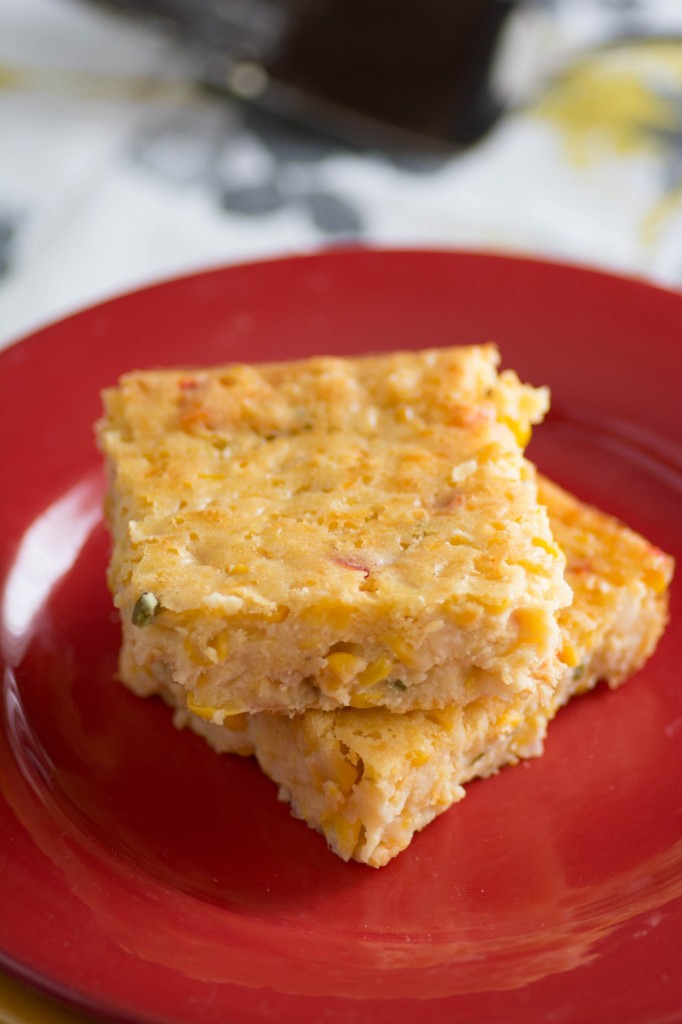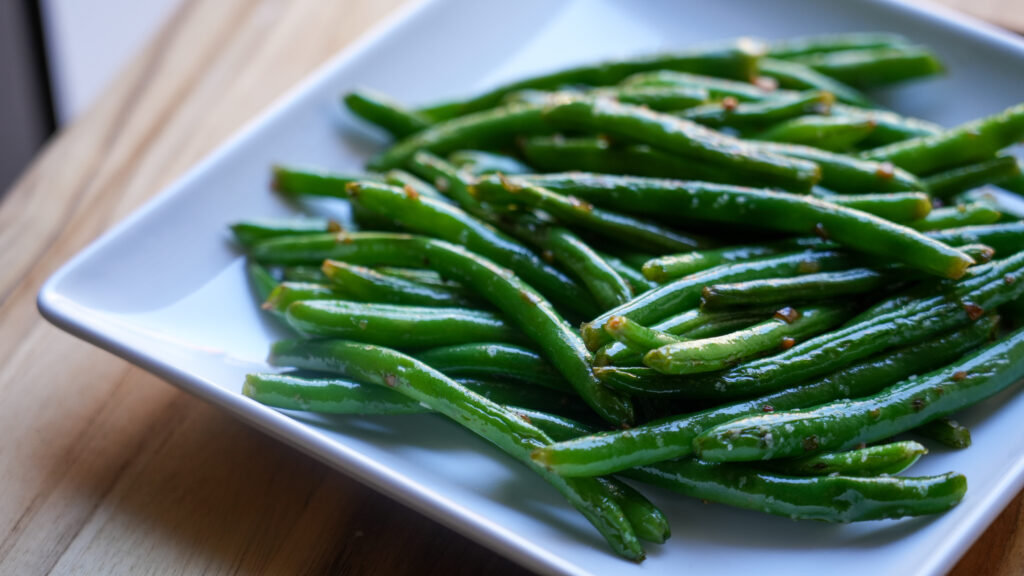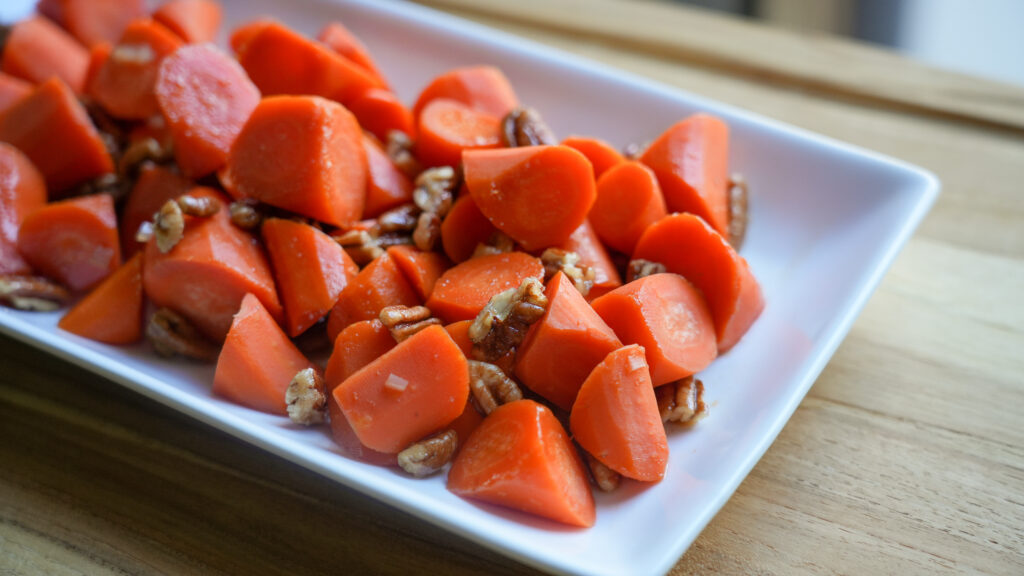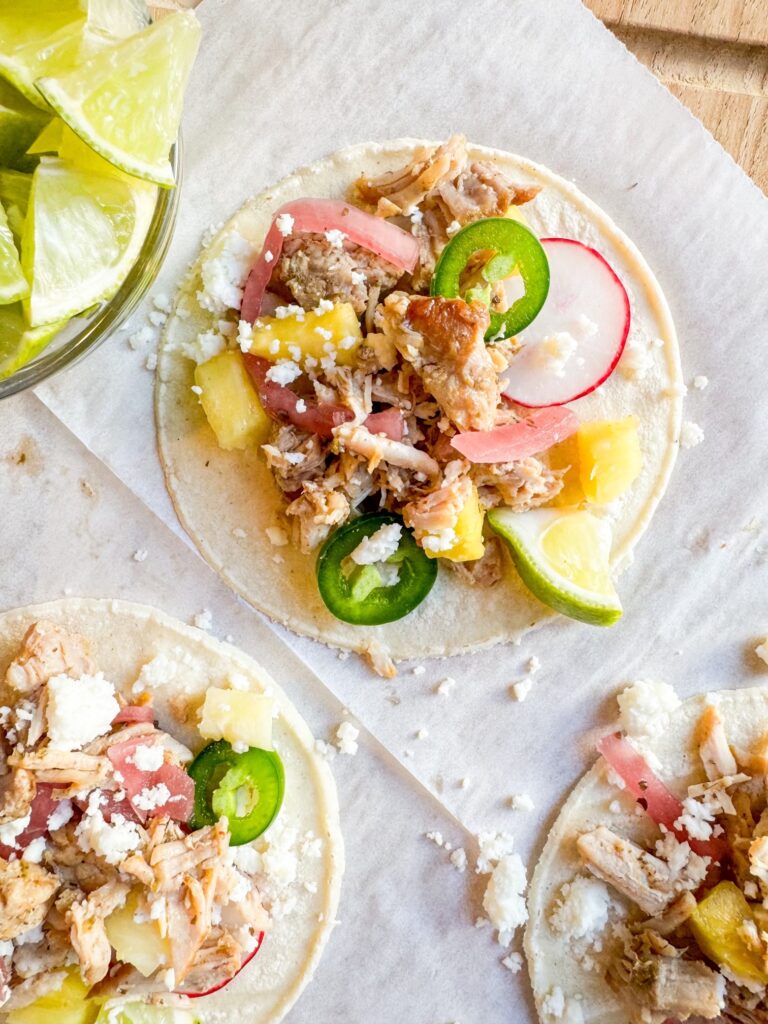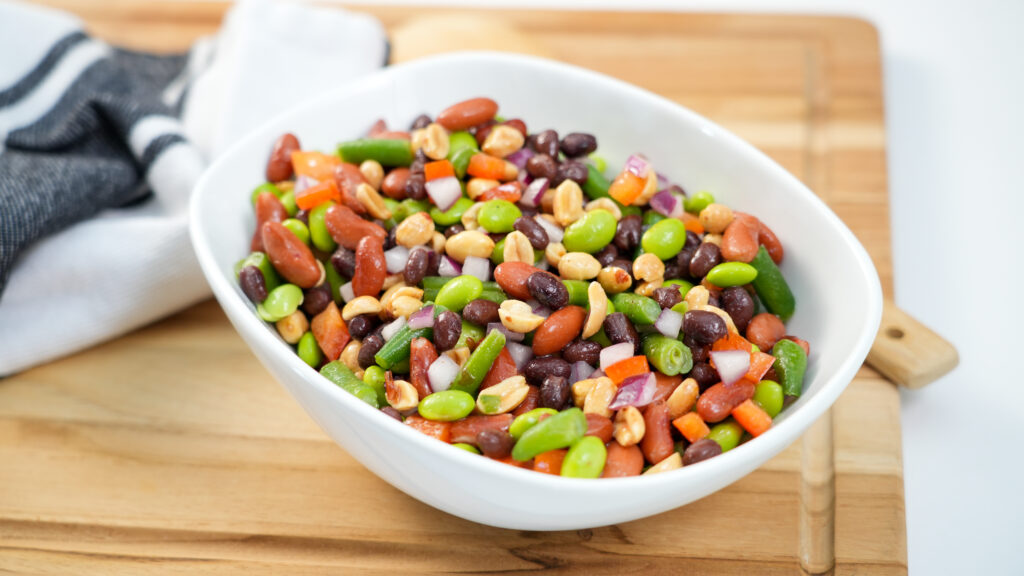
This post is a sponsored by CommonGround Nebraska. CommonGround is a national movement of farm women who want to share information about farming and food. CommonGround Nebraska are farm women in the state who volunteer their time working to help dispel myths and build trust in farm families. They aim to answer questions and share facts as well as their personal stories of farm life to find “common ground” between the food they grow and the food you eat!
When I tell people that I’m from Nebraska, they automatically think I live in the middle of a cornfield or that I grew up milking a cow. Even though my dad grew up on a farm in southeast Nebraska, I grew up in a suburban neighborhood, eight blocks away from Target. Even today I’m working from a Starbucks while writing this blog, but I’m proud to share the stories of Nebraska farmers that I’ve come to know and respect.
When I was presented with the opportunity to spend the day on a family farm, I had my own expectations of what that might look like. Since I started blogging 2 years ago, I’ve been presented with some amazing opportunities, touring farms all over the country. I’ve seen what might be considered factory farms to small “family” farms, and everything in between. However, when I met Lana and toured her farm, my perspective of family farming was changed.
A few weeks ago I had the opportunity to spend the morning with Lana Hoffschneider and tour her family farm. Lana is a mother of 3 adorable children, she has her degree in agribusiness, and she grew up working on her family’s dairy farm. Lana and her husband Chad live on a farm near Waco, Nebraska. They farm alongside three other families including Chad’s father, cousin, and uncle. In addition to being a stay at home mom, she is a volunteer for CommonGround Nebraska and helps out daily around the farm. They farm soy, corn, and raise cattle. The day I dropped by for a visit, the kids were out of school that day due to a recent tornado that had caused damage to the area. Yet another fun part about farming is that your product is at the mercy of mother nature.
Lana was supposed to be my guide that day, but her little guy Jake, definitely took the lead on making sure that I had the full farm experience. Jake showed me the planting equipment and where they get their seed from (the seed dealer). He also introduced me to his grandma, showed me the fields they farm, the cattle, and where they keep the corn once it’s harvested. We discussed farm safety, what cows eat, farm animals, farm fashion, and what life is like growing up on the farm. We also had a debate about cowboy boots vs. all stars and which was more farm appropriate. We agreed to disagree.
I asked the children what they liked best about growing up on a farm. Lana’s oldest daughter quickly shouted out, “All of it!” Cora told me her favorite part was harvest time and throwing the corn husks up in the air. That would probably be my favorite part too, Cora!
We started our journey by heading out to see the equipment that is used for planting. Planting usually takes about 2 weeks and is a pretty labor intensive process. The planter (shown below) can hold about 120 bags or bushels, which translates to a whole lotta corn. (That’s very scientific, I know) Alright, one bushel is about 35 liters. The seed comes from their seed dealer and they can either purchase by the bag or by the crate. One bag of seed is enough for 2.5 acres and costs about $250-300/bag. FYI, an acre is about the size of a football field.
We talked a lot about the recent attacks on farmers by popular brands such as Panera and Chipotle, and I asked her about how she would feel if somebody called their farm a “factory farm.” She said, “I don’t want people to see us as monsters. It bothers me when people say that. What makes a farm a factory farm? Using large equipment? We use equipment to be more efficient, which reduces waste. Why in the world would we want to return back to what we did 100 years ago? We can’t produce enough food without the advantage of economy of size. It’s not bad to question where your food comes from, but you should base your food choices on fact, not fear.”
I asked Lana why people are making food choices based on fear instead of fact. Lana replied, “People fear what they don’t know or understand.” She then described that because of activists turning to blogs and social media, it has caused terms like GMO (genetically modified organisms) or words like “hormones” and “antibiotics” to become buzzwords that stir up fear. “They are buzzwords that create fear of the unknown, but facts will dispel those fears if people are willing to look for the facts.” Perhaps you’ve heard about GMOs and have been led to think they are harmful? Did you know over 1700 studies have confirmed the safety of GMOs? You can check out this article and series from the Omaha World Herald to learn more.
Lana also said that her confidence in grocery stores has greatly increased since she started volunteering for CommonGround Nebraska. She actually buys all of their food from the grocery store (except the meat that comes form their own cattle in the feedlot) because she’s confident that the grocery store provides safe, healthy, and nutritious food.
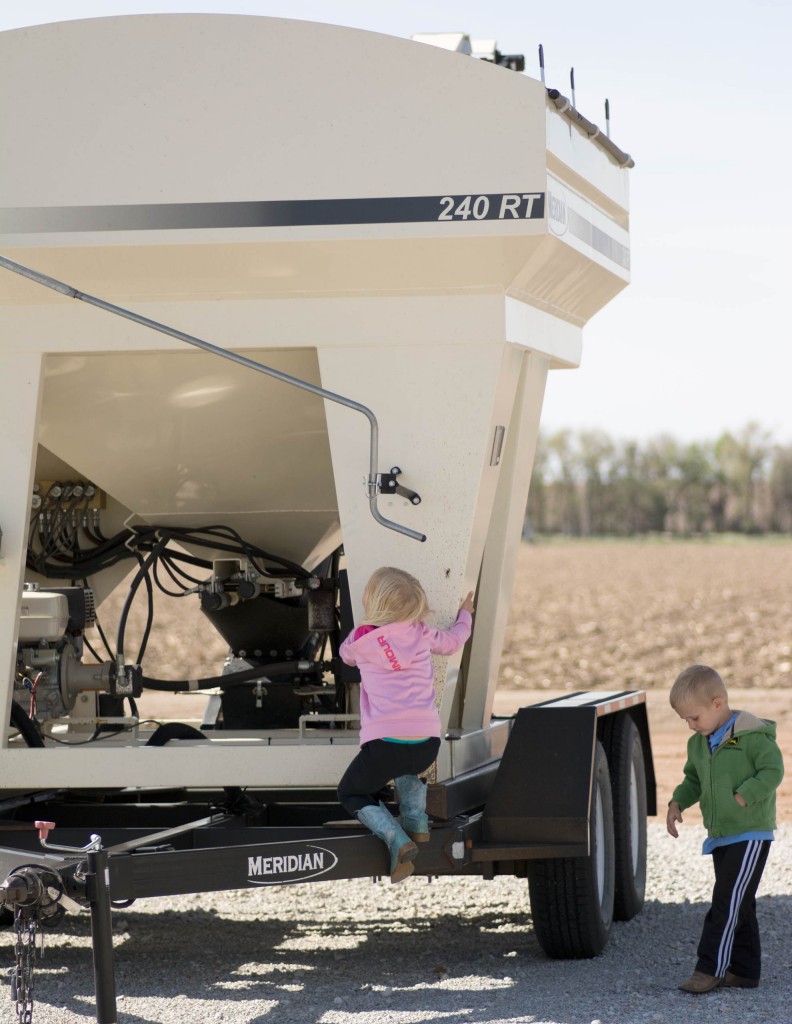
When I visited, they had just completed planting. It takes about 2 weeks to complete all the planting on their farm. I asked her what she thought about organic farming, since they use modern farming practices (GMO) on their family farm. She said, “Certified organic is really difficult. I have a friend that does it and she explained to me about how difficult it is because of the weeds, labor and all the regulations.” Lana also mentioned that even with organic farming, they are still using chemicals in the process. “There are a lot of myths surrounding organic farming and conventional farming in general. Most Americans are removed 3-5 generations from the farm. If the average consumer knew a farmer or visited a farm themselves, maybe they would think differently before attacking the farmers who produce their food.”
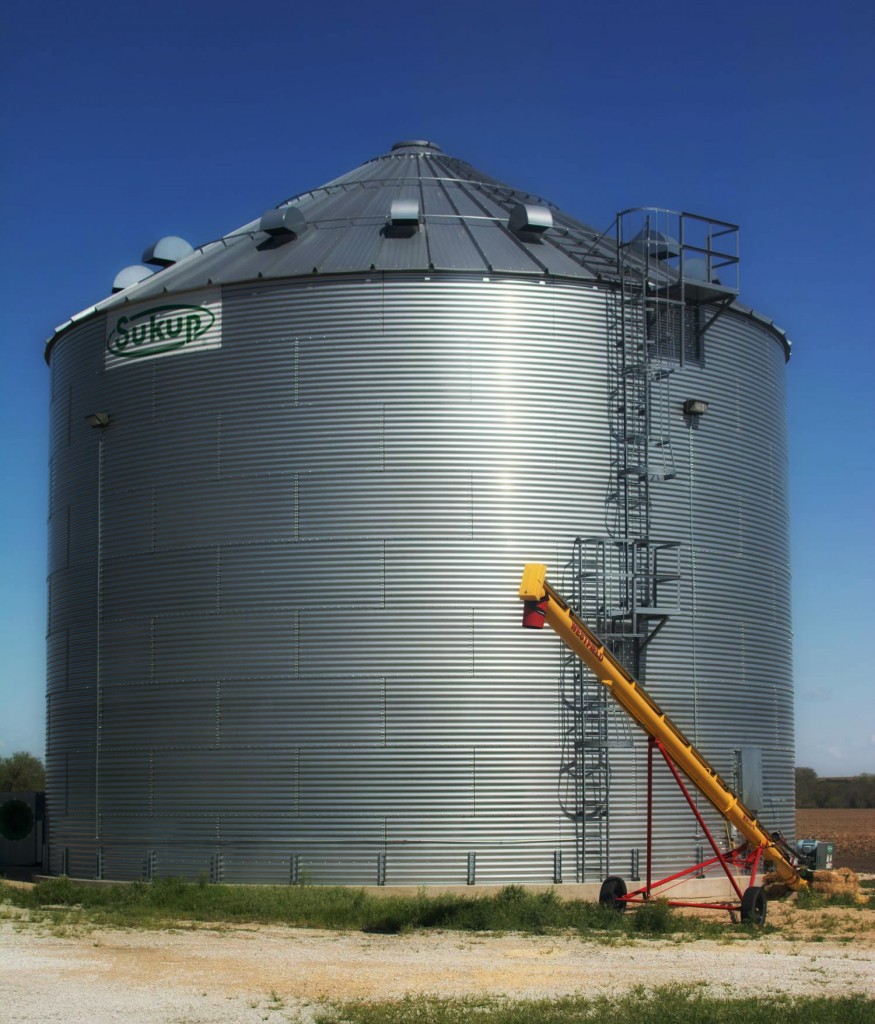
This grain bin holds 55,000 bushels of corn
So how did my perspective on family farming change? Well, Lana didn’t have to convince me that science plays an important role in their farming practices. I teach at a research University that specializes in agriculture, so my confidence in our food system comes from an academic perspective. My experience that day with Lana and her children reminded me that each day farmers make sacrifices to grow the food that you and I eat everyday. What really hit me is that I was spending the day with 3 bright children, who most likely will grow up to be the next generation of farmers. It’s a humbling experience to meet a child who will one day produce the food your kids will feed their kids someday.
Look into the eyes of the nation’s future farmers and I promise, you will be humbled.
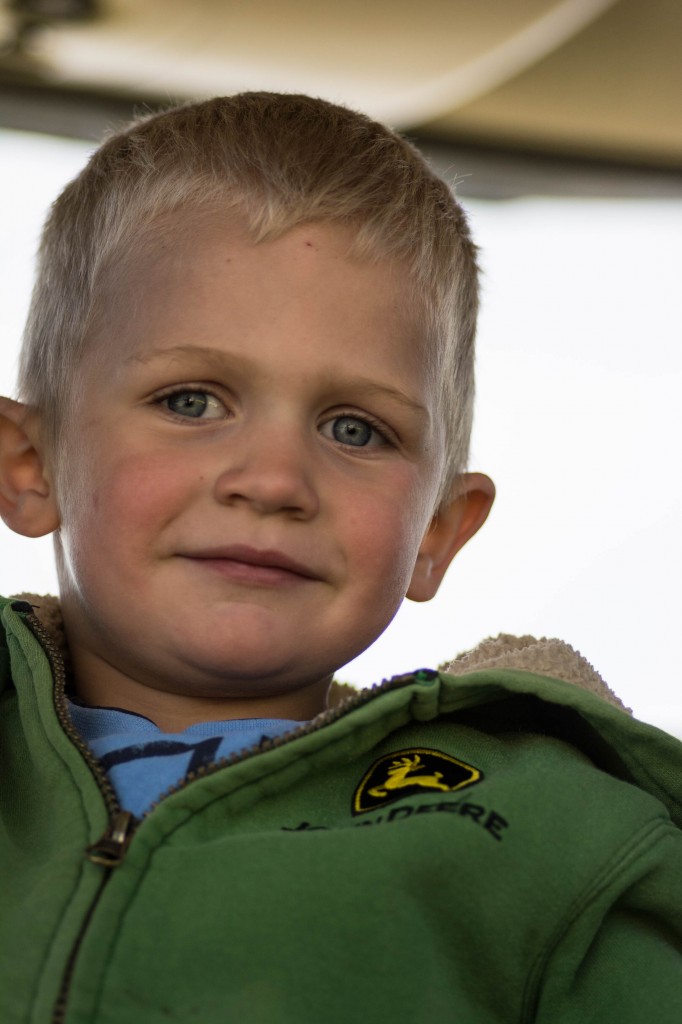 And now about this corn bake….
And now about this corn bake….
Special thanks to Lana for sharing this corn bake recipe with me. It’s delicious and I can neither confirm nor deny that adding a small amount of honey butter on the top will make it even more amazing.
Be sure to read more about CommonGround Nebraska and check out Lana’s blog. If you have any questions about Lana’s farm or farming practices, please feel free to reach out. Special thanks to Common Ground Nebraska and Lana for the amazing tour. Let’s eat!
